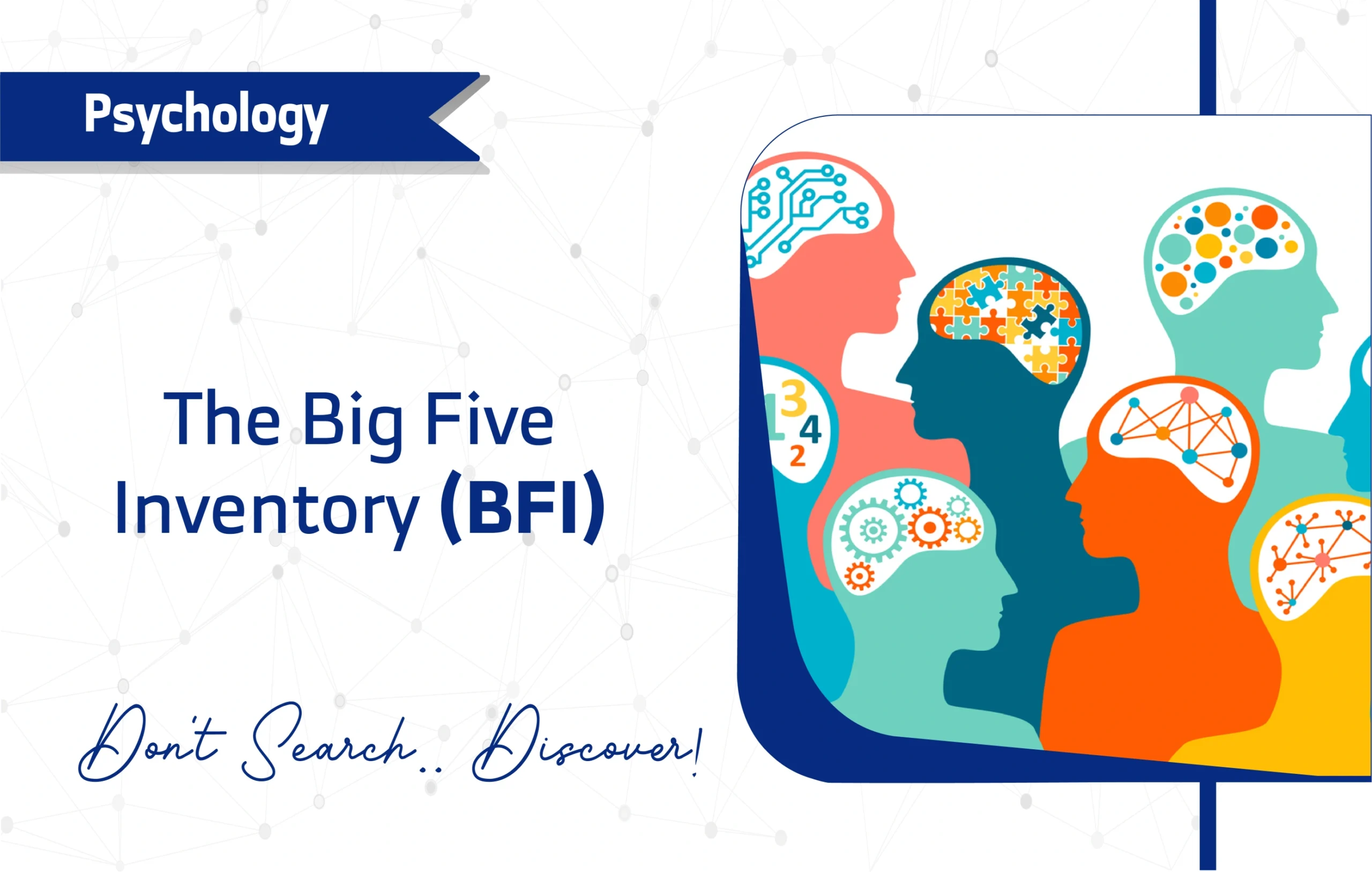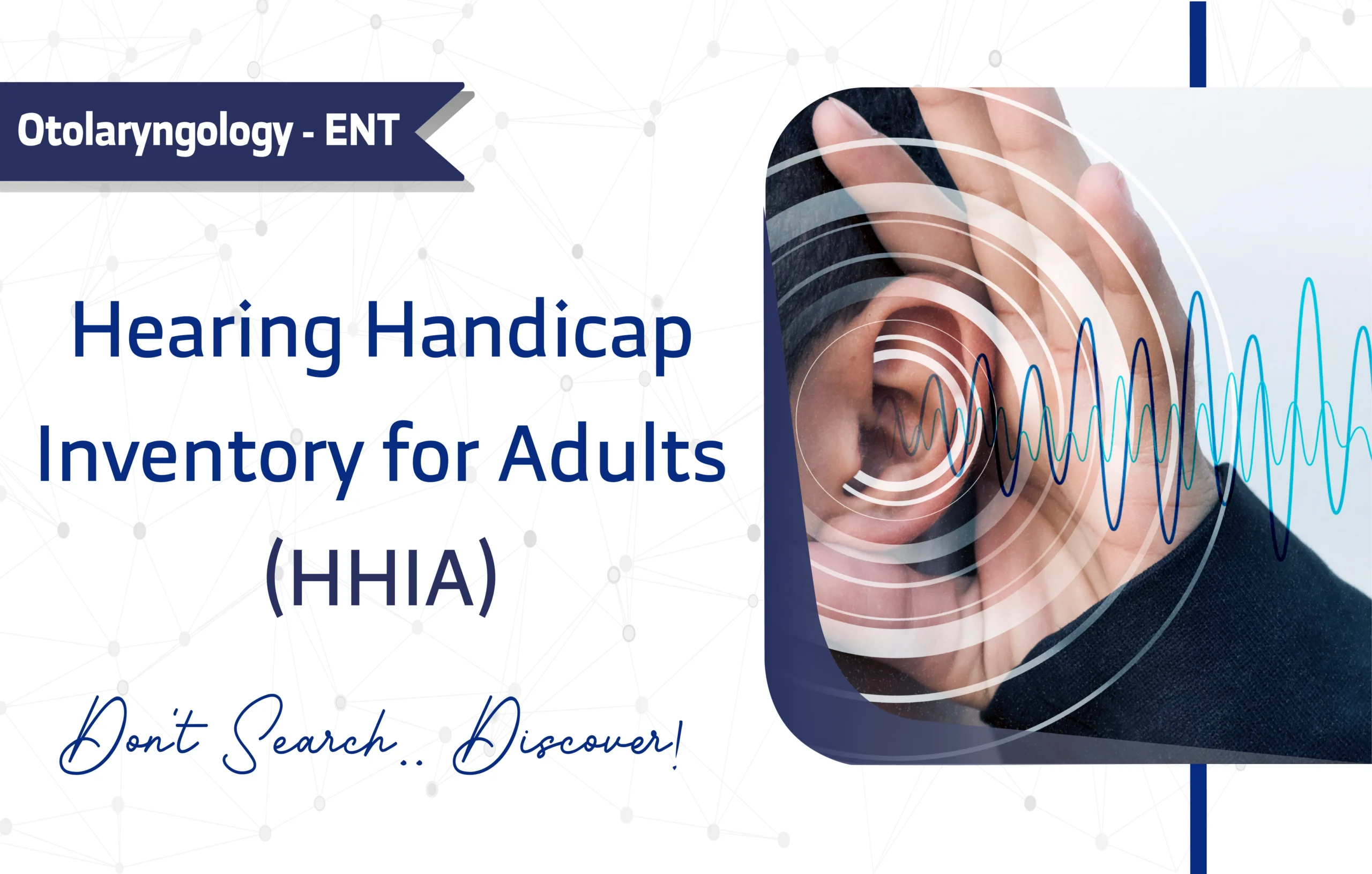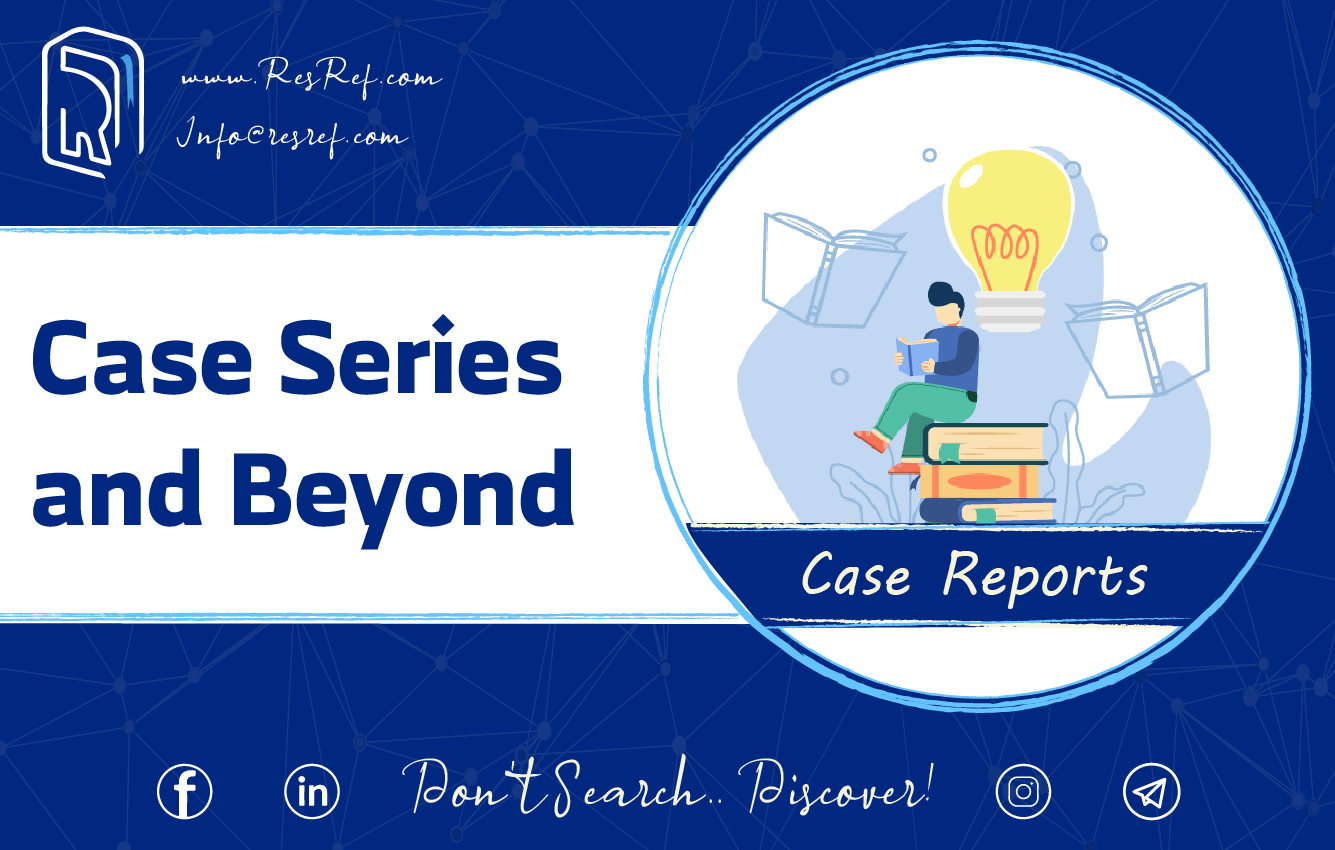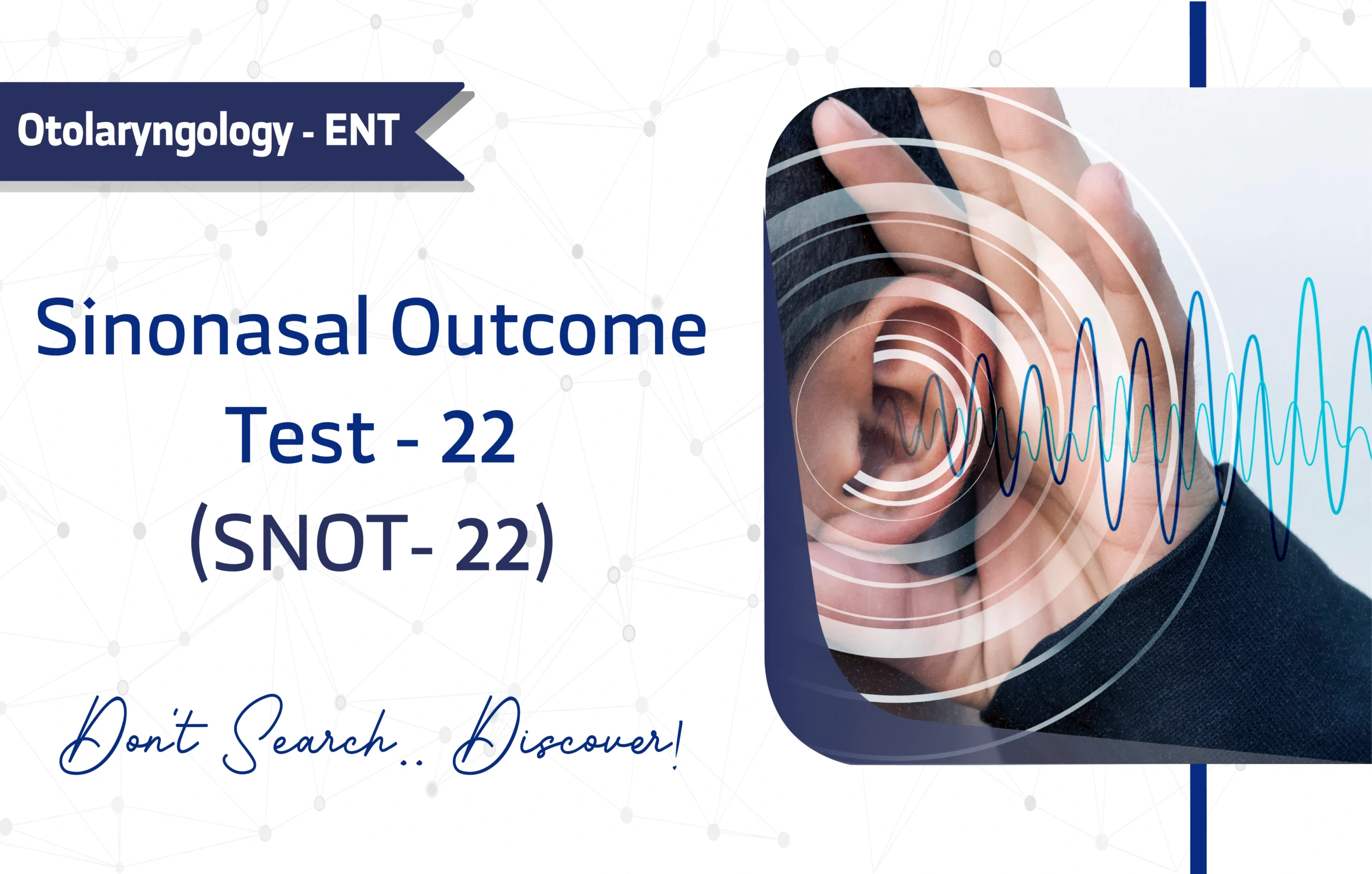Introduction
The Big Five Inventory (BFI) stands as a cornerstone instrument in personality psychology, offering a robust framework for assessing the five-factor model of personality. In 1991, developers Oliver P. John and Sanjay Srivastava created the BFI, a self-report questionnaire designed to efficiently measure extraversion, agreeableness, conscientiousness, neuroticism, and openness. In fact, the University of California, Berkeley’s Institute of Personality and Social Research publishes the inventory.
This tool has since demonstrated its significant impact through its use in well over 1,000 academic studies. As a result, its widespread adoption makes it an essential tool for both seasoned researchers and clinicians. This article, therefore, provides a comprehensive overview of the BFI, detailing its structure, psychometric properties, and practical applications to support its effective use in scientific and healthcare environments.
Key Features of the Big Five Inventory (BFI)
Purpose and Use
The BFI serves the primary purpose of measuring the Big Five personality traits (extraversion, agreeableness, conscientiousness, neuroticism, and openness), which are fundamental dimensions of personality in contemporary psychology. Specifically, the inventory falls within the broader domains of mental health and psychiatric assessment, with a clear focus on personality traits . By evaluating these five distinct factors, the BFI in turn provides a nuanced profile of an individual’s personality, proving invaluable for research into behavior, outcomes, and psychological functioning.
Questionnaire Details
The BFI comprises 44 items, which developers have carefully distributed across its five subscales to capture the core of each personality trait. More specifically, the structure is as follows:
- Openness to Experience (10 items): This subscale assesses traits like intellectual curiosity, creativity, and a preference for novelty.
- Conscientiousness (9 items): This component evaluates an individual’s tendency to be organized, dependable, and self-disciplined.
- Extraversion (8 items): Indeed, this part measures characteristics such as sociability, assertiveness, and emotional expressiveness.
- Agreeableness (9 items): This section gauges tendencies to be compassionate, cooperative, and trustworthy.
- Neuroticism (8 items): Finally, this subscale assesses the propensity to experience negative emotions like anxiety, anger, and sadness.
This targeted item distribution consequently ensures a comprehensive and balanced evaluation of the five-factor model.
Target Population
Researchers have validated the BFI for use with a broad demographic, starting from age 13 and extending through all stages of adulthood. This, therefore, includes:
- Adolescents (13-17 years)
- Young Adults (18-24 years)
- Middle-Aged Adults (25-44 years)
- Older Adults (45-64 years)
- Seniors (65+ years)
This wide applicability ultimately makes the BFI an exceptionally versatile tool, suitable for longitudinal studies and diverse research cohorts.
Languages Available
To support its global application in research and clinical practice, developers have translated the BFI into numerous languages. For instance, besides the original English version, it is available in Arabic, Mandarin Chinese, Spanish, French, Russian, German, and Japanese, among others. Consequently, this extensive linguistic availability significantly enhances its utility for international and cross-cultural studies.
Administration Format, Time, Cost, and Licensing
Developers designed the BFI for ease of use. Typically, a person takes 10–15 minutes to complete it, and professionals can administer it through multiple formats, including paper-based forms, digital online surveys, and in-person or remote interviews. Furthermore, no special training is required for administration, because it is a self-administered tool. While the BFI is free for research purposes, permission may be required for other applications; therefore, users should verify licensing for commercial use.
Scoring Method
Respondents rate each of the 44 items on a 5-point Likert scale, from 1 (Disagree strongly) to 5 (Agree strongly). Subsequently, researchers calculate the scores for each of the five domains by summing the responses for the corresponding items. It is important to note, however, that the BFI is a trait measure, not a diagnostic tool; for this reason, it does not have clinical cut-off scores. Instead, the scores provide a dimensional profile of an individual’s personality, which researchers can then compare to normative data or use to explore correlations with other variables in a research context.
Clinical Utility and Applications of the The Big Five Inventory (BFI)
Indeed, the BFI’s utility extends across both clinical and research settings. Clinicians and researchers frequently use it for the following purposes:
- Screening: Identifying personality traits that may correlate with certain mental health conditions or predict treatment outcomes.
- Monitoring: Tracking changes in personality-related behaviors or self-perception over time, although personality is generally considered a stable construct.
- Treatment Planning: Informing therapeutic approaches by providing insight into a client’s interpersonal style, coping mechanisms, and openness to new experiences.
- Research: Serving as a primary instrument in countless studies that explore the relationship between personality and various psychological, social, and health-related phenomena.
Reliability and Validity
The research community recognizes the Big Five Inventory as a highly reliable and valid instrument. In fact, its internal consistency is strong, with Cronbach’s alpha values typically ranging from 0.75 to 0.90 for its five subscales. These robust psychometric properties, in turn, ensure that the BFI consistently and accurately measures the intended personality traits, ultimately making it a trustworthy tool for researchers.
Limitations and Considerations
Despite its widespread use and strengths, the BFI has a few limitations:
- Self-report: As a self-report measure, responses can be influenced by a lack of self-awareness or a desire to present oneself in a particular light.
- Social Desirability Bias: Additionally, participants may answer in a way they believe is socially acceptable rather than reflecting their true personality.
- Cultural Bias: Although translated, the underlying constructs may not have the exact same meaning or relevance across all cultures.
- Length: Some researchers may find the 44-item length too long for large-scale surveys where respondent fatigue is a concern.
- Limited Validation Studies: While widely used, the provided source notes a need for more validation studies to further solidify its reliability across all populations.
Other Versions and Related Questionnaires
To meet varying research needs, researchers have developed several adaptations of the BFI. These other versions include:
- BFI-10: A very brief 10-item short form that is useful for studies where administration time is severely limited.
- BFI-2: An updated and expanded 60-item version that provides more nuanced measurement with six facets for each of the five main traits.
Moreover, the BFI is part of a larger family of personality assessments. These related instruments include:
NEO Personality Inventory (NEO-PI-R)
Minnesota Multiphasic Personality Inventory (MMPI)
16 Personality Factor Questionnaire (16PF)
Eysenck Personality Questionnaire (EPQ)
- Personality Assessment Inventory (PAI)
Additional Resources
- A direct link to the Original Validation Study
- You can access the questionnaire and scoring key through this link
- This link directs to the original 1991 paper by Oliver P. John that details the development and validation of the Big Five Inventory (BFI)
- For inquiries, contact: The Berkeley, CA: University of California, Berkeley, Institute of Personality and Social Research is the primary contact for the instrument.
- For resources on the updated BFI-2, consult the Colby College Personality Lab
Frequently Asked Questions (FAQ)
- Who can use the BFI?
Researchers, clinicians, and other practitioners can use the BFI for adolescents and adults aged 13 and over to assess personality traits. - How long does it take to complete the BFI?
A person typically takes between 10 and 15 minutes to complete the BFI, which makes it a time-efficient tool for both research and clinical settings. - How is the BFI administered?
Healthcare teams can administer the questionnaire in a flexible manner, using paper-based copies, digital online platforms, or through in-person, phone, or video interviews. - Is there any cost to using the BFI?
You can use the BFI for free for non-commercial research use. For commercial or other purposes, however, you may need permission and potential licensing fees, so it is best to check with the publisher.
A Word From ResRef about the Big Five Inventory (BFI)
The Big Five Inventory (BFI), although one of the most widely used personality assessments in psychology, it is still needs more studies to ensure reliability. Information and Coverage of this test by other websites is poor and there is no information about its publisher other than that it is from University of California, Berkeley, Institute of Personality and Social Research.
References
- John, O. P., Donahue, E. M., & Kentle, R. L. (1991). Big Five Inventory (BFI) [Database record]. APA PsycTests. link
- Costa Mastrascusa R, de Oliveira Fenili Antunes ML, de Albuquerque NS, Virissimo SL, Foletto Moura M, Vieira Marques Motta B, de Lara Machado W, Moret-Tatay C, Quarti Irigaray T. Evaluating the complete (44-item), short (20-item) and ultra-short (10-item) versions of the Big Five Inventory (BFI) in the Brazilian population. Sci Rep. 2023 May 5;13(1):7372. doi: 10.1038/s41598-023-34504-1. PMID: 37147441; PMCID: PMC10163274. link
- Garrashi, H. H., Barelds, D. P. H., & De Raad, B. (2023). A psychometric evaluation of the Big Five Inventory (BFI) in an Eastern Africa population. Measurement Instruments for the Social Sciences, 5, Article e11207. link









1 thought on “The Big Five Inventory (BFI): A Full Guide for Researchers and Clinicians”
Very interesting subject, appreciate it for posting.